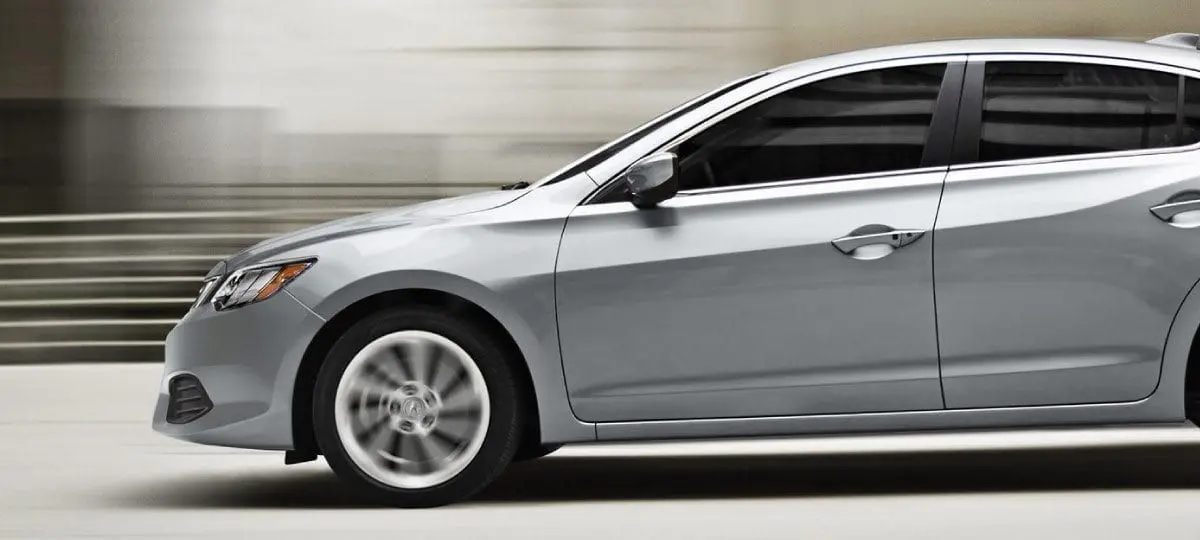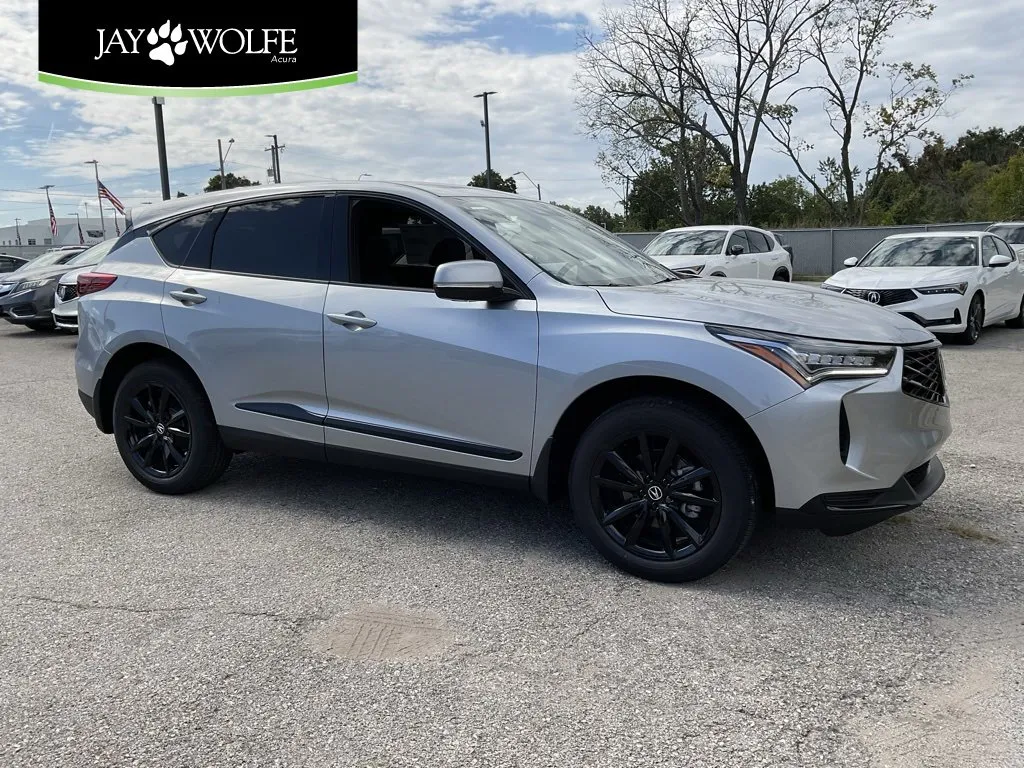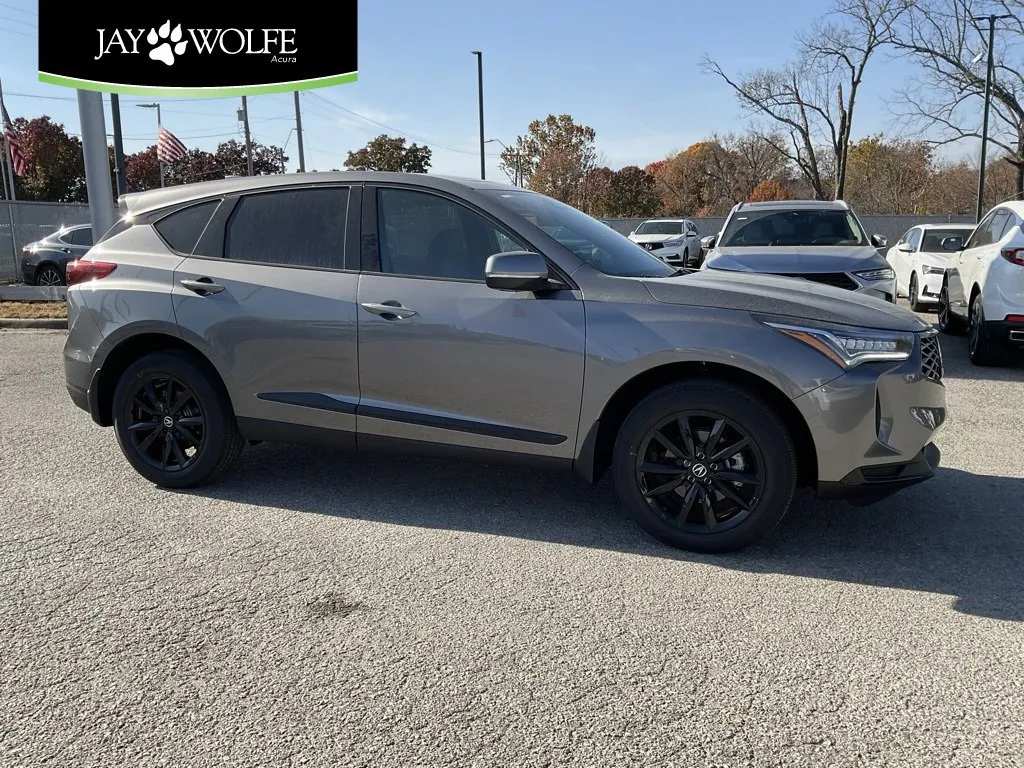How the Collision Mitigation Braking System Works

Choosing an Acura is one of the best decisions you can make. You’re not only getting one of the most comfortable, sporty, and luxurious vehicles on the road for the price, you’re getting some truly incredible technology. Acura’s Collision Mitigation Braking System is just one of the driver-assistive safety features you can find in many models. It sound pretty fancy – do you know how it works?
What is Collision Mitigation Braking System?
The CMBS system is designed to reduce the likelihood of a collision by alerting the driver when there’s danger on the road ahead. In the event you don’t respond quickly enough, the Collision Mitigation Braking System will act to reduce the severity of a collision. It uses a radar mounted at the front of your Acura at the grille. It senses up to 330 feet forward of your car, detecting what is happening in front of you. If it sees a potential issue, there are three stages in how it responds.
Brake Warning
The first stage is a brake warning. If a risk is found ahead, a ‘brake’ warning indicator will flash on your instrument cluster. Acura models with a Head Up Display will have a flashing indicator low on the windshield also. If you see this, you should brake and prepare to respond quickly.
Automatic Braking and Tactile Warning
Stage two engages if the danger is much closer. Along with the ‘brake’ warning, your Acura could lightly apply the brakes on its own. At the same time, a physical warning is engaged – a light tug on your seat belt retractor. Hopefully that gets your attention!
Hard Braking
If you still don’t respond, your Acura will automatically apply brakes firmly and tighten the seat belts. It’s designed to mitigate the severity of a collision, although it might help avoid it as well. It isn’t always possible to avoid a collision completely. While Acura’s CMBS system won’t be able to detect small obstacles, it certainly helps to avoid or mitigate the severity of collisions in most cases.










